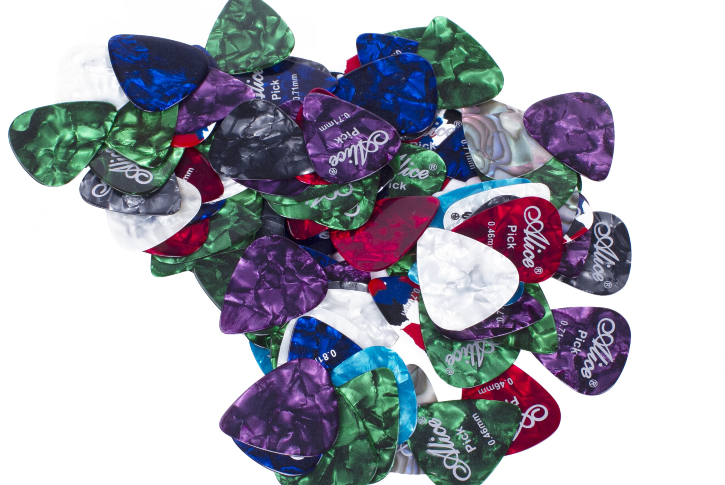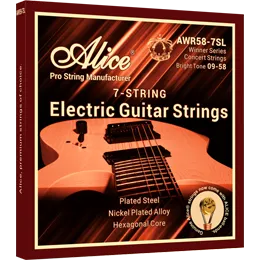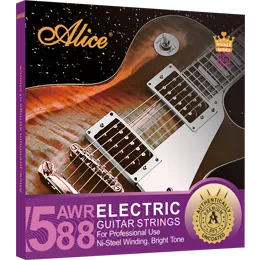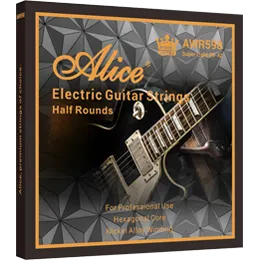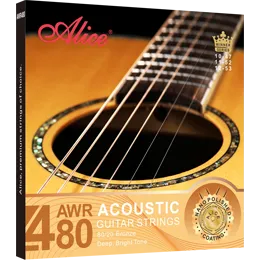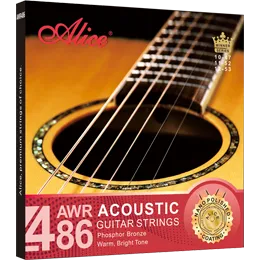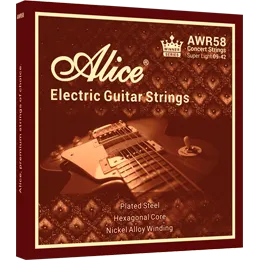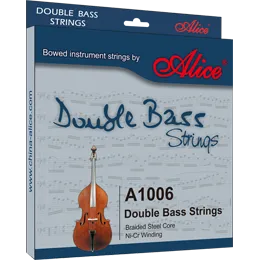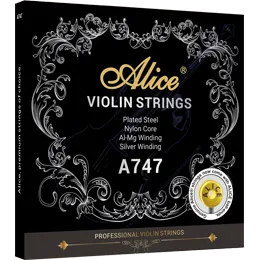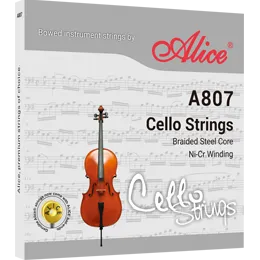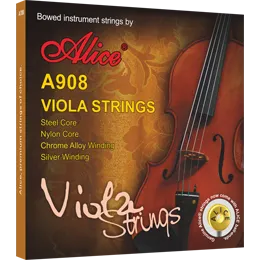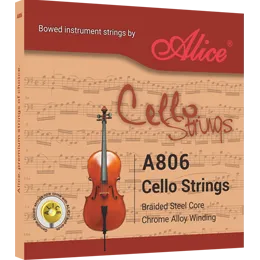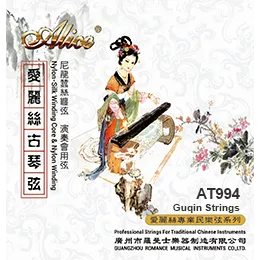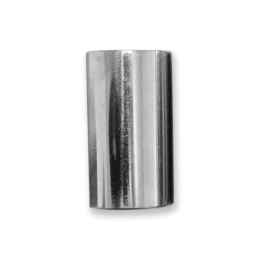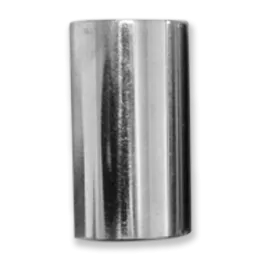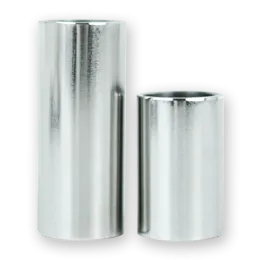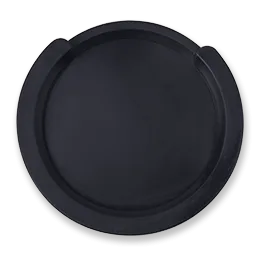How to Choose Classical Strings
The strings mark the beginning of the guitar. The choice of strings will significantly impact the guitar's tone, playability, and durability. However, choosing the right guitar strings is not easy, particularly for inexperienced guitarists.
Most guitarists start with classical guitars. This type of guitar is easier to master, more affordable, and more comfortable to carry. The factor for choosing classical strings can be divided into three main parts: string material, string gauge, and string tension.
In this article, we will mainly discuss the major factors in choosing a classical string. Let’s start it!
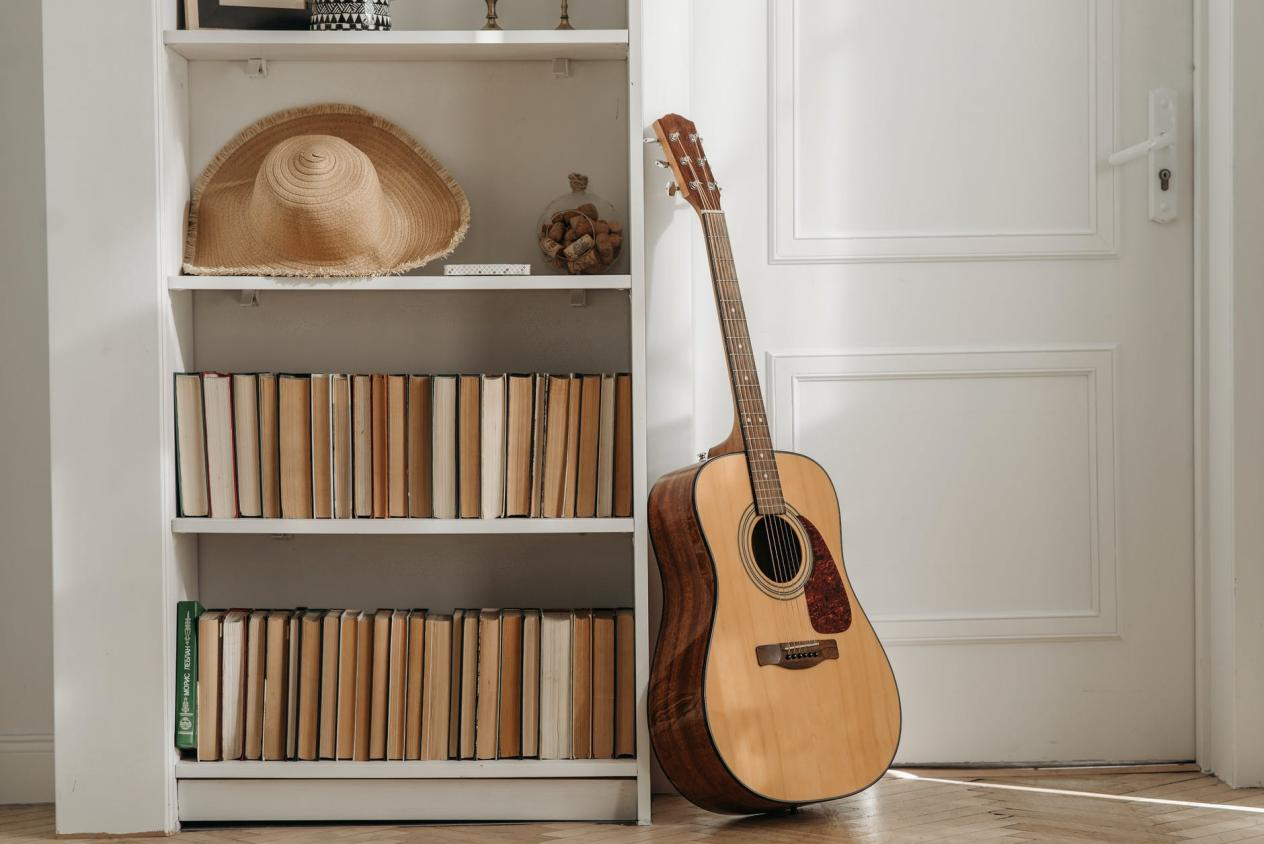
Material of classical strings
In general, the material used for the treble strings (bottom strings B, E, and G in standard tuning) is different from the material used for the bass strings (top strings A, E, and D).
- <strong style="font-family:" font-size:12px;"="">Treble strings
The most common treble strings are made of the following materials:
Clear nylon is the most common material for treble nylon strings. In addition, it's the smoothest material for nylon strings and feels the best when playing fingerstyle. Clear nylon provides a perfect balance of brightness and warmth in tone. The material is known for sustaining qualities and vibrato.
2.Black nylon
Black nylon produces a warmer, more mellow tone with more treble overtones than clear nylon. This type of guitar string is a popular choice for folk music.
3.Titanium nylon
Titanium nylon produces a brighter, crisper sound. Strings made with it are known for there extra brightness. The titanium nylon also has good sustain and easy vibrato.
4.Carbon Fibre
Guitar strings made using carbon produce a loud sound with a short sustain. The sound can change from bright to a thinner or harsh sound.
5.Composite
Composite material produces a very bright sound with strong projection. The material is often used for G strings to make a smoother transition between the treble and bass strings.
- Bass Strings
The bass strings tend to be made from a multi-filament nylon core and a metal wrap. The most common winding materials are:
Bronze winding is composed of 80% copper and 20% zinc. Bronze is also known as 80/20 bronze, brass, or gold. This type of guitar string produces a bright sound with good sustain.
2.Silver plated copper
Silver winding is typically made of copper with a silver coating. The silver-coated winding has a smooth texture and warm tone.
Gauge of classical strings
Nylon strings have different gauges, which refer to the thickness of the string. Unlike steel strings, which tend to rise linearly from high E to low E, classical strings have a non-linear diameter. This feature means that the diameter of the high E is gradually thinner than the lower E string. The following are the features of the two strings gauges:
- Light gauge strings
2.Easy to bend
3.Easy to break
4.Have less tension
5.Produce less sustain and volume
- Heavy gauge strings
2.Harder to bend
3.Need extra finger and hand strength to play chords
4.Produce more sustain and volume
5.Create more tension
Heavy gauge strings are more suitable for experienced players or players with exceptionally strong hands and grip strength. On the other hand, beginners or players with weak hands and finger strength should choose light gauge strings.
Tension of classical strings
Unlike steel-string acoustic guitar strings, nylon strings have different tensions. The most common tension-type is low, medium, and high tension. Each tension represents unique characteristics, and which you choose will depend on your playing style and guitar.
- Low tension
2.Produce the lowest volume of all the tensions
3.Ideal for antique/older/vintage classical guitars
4.Great for prolonging the life of the guitar
5.The sound emphasizes note’s body instead of harmonies
6.More prone to buzzing
- Medium tension
2.Medium tension makes a great balance between the advantages and disadvantages of low and high tension strings.
- High tension
2.More difficult to play (especially on a guitar with a higher action)
3.Emphasis on the attack into the note
4.Put extra strain on the guitar(please don't use them with old instruments)
5.Popular for strumming because of its better sound and playability
How AliceStrings can help you
Alice Strings was established in 1999. Over the years, the company has become one of the most influential musical instrument strings manufacturers around the globe.
We are a technology-oriented enterprise integrated with research, development, manufacturing, and sales, with over 50 invention patents.
We have seven types of Classical Guitar Strings, including Silver Plated 90/10 Bronze Wound, Silver Plated 85/15 Bronze Wound, Alice AWR Series, etc. In addition, there are two other types of Classical Guitar Strings For Ensembles, such as Silver Plated Copper Wound and Nickel Alloy Wound.
Hope this article can help you narrow down your choices to find the ideal classical strings. If you are looking for a reliable supplier. Contact us!
Relate News
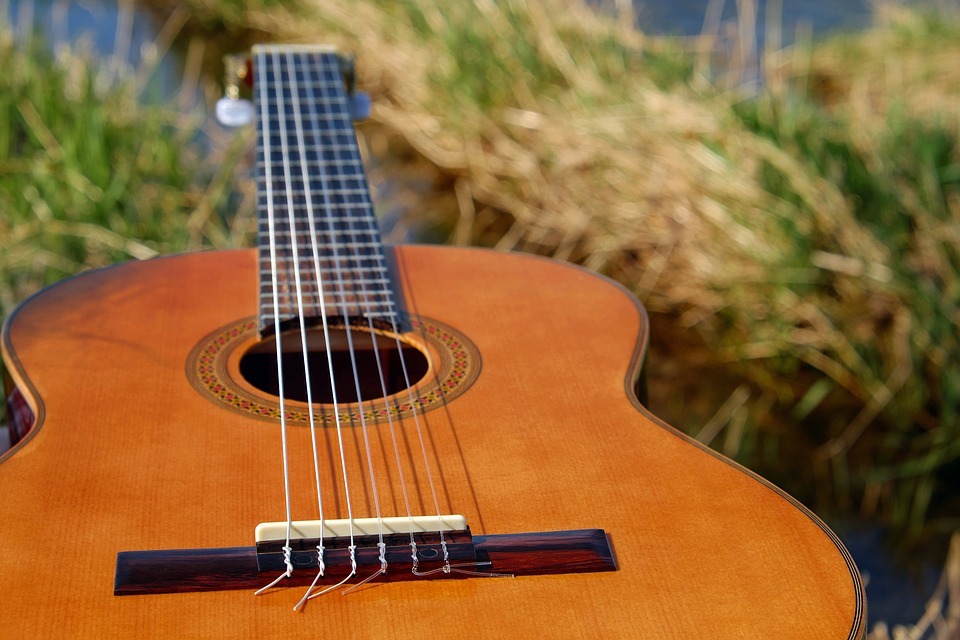
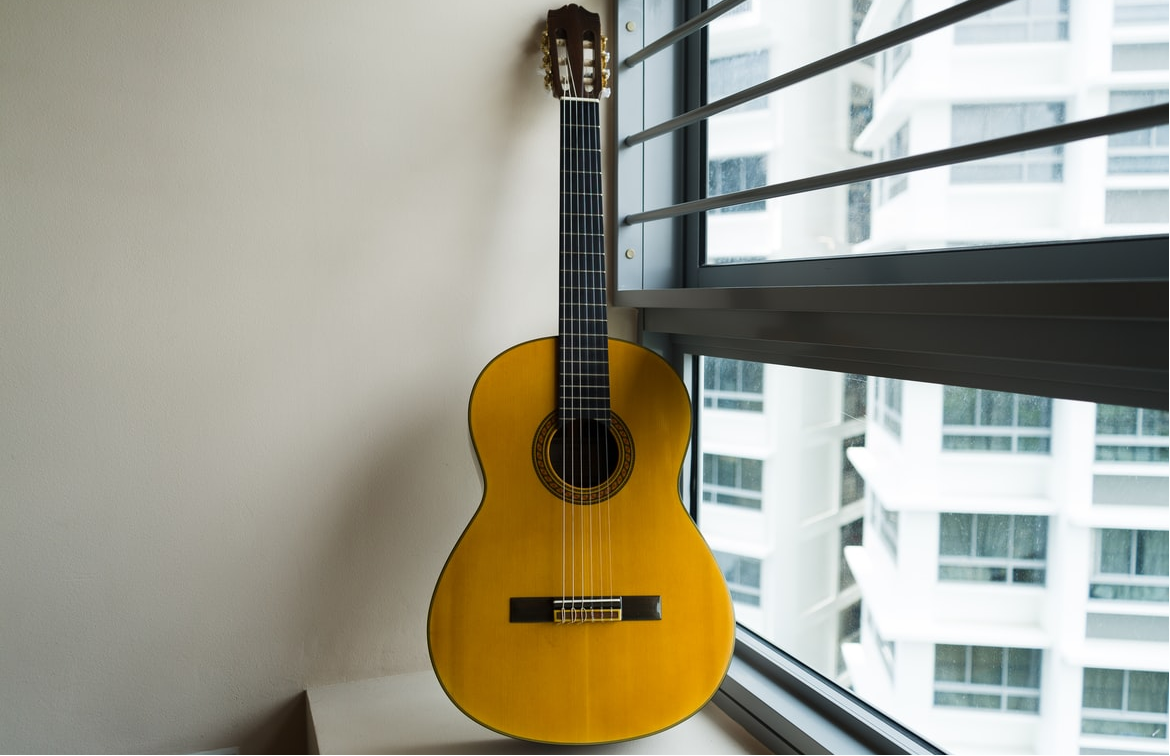
Complete Guide to Guitar String Materials

Orchestral Strings Explained: A Beginner-Friendly Guide to Violin, Viola, Cello, and Double Bass
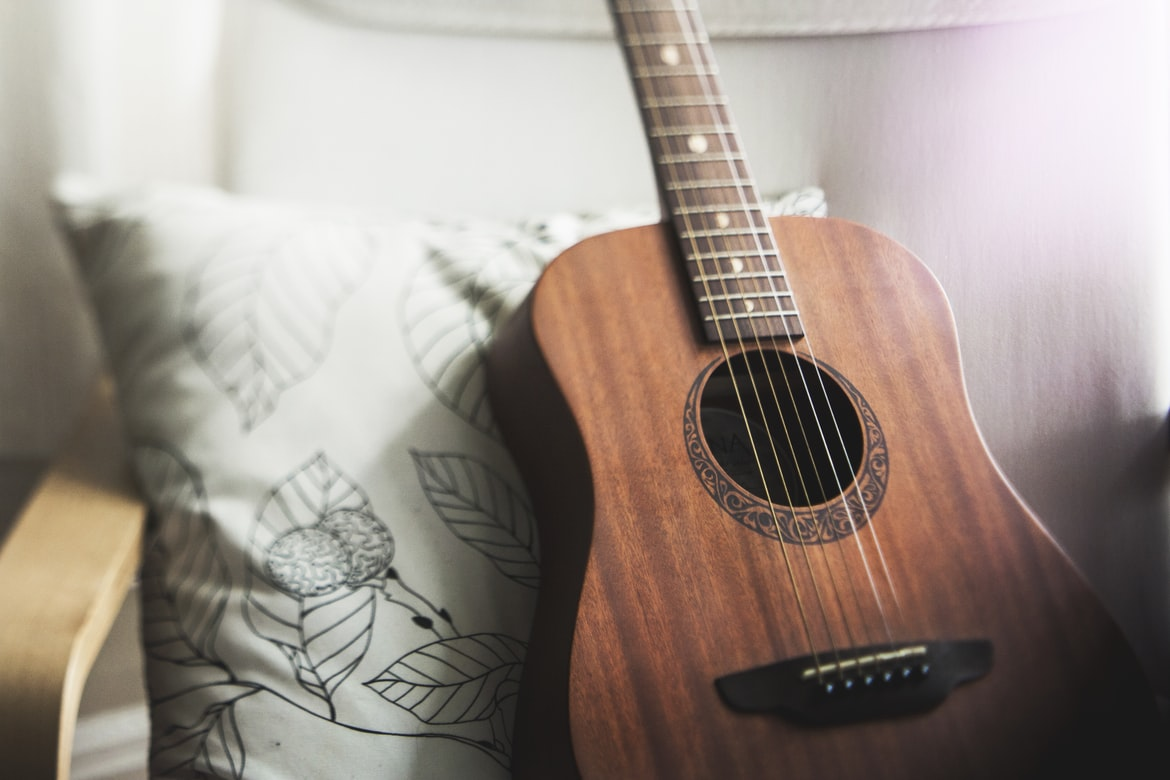
Tone Comparison of Brass Alloy, Phosphor Bronze, and Coated Guitar Strings

How to Choose the Right Guitar Strings for Your Performance: A Scenario-Based Buying Guide

OEM Guitar String Customization: A Detailed Guide to the Process
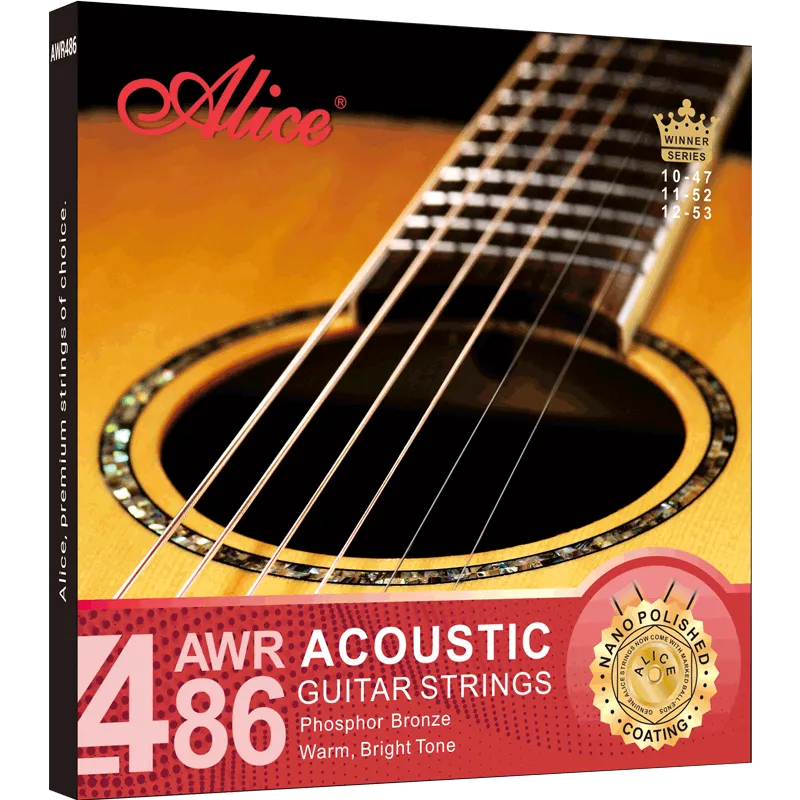
Copper Alloy vs Phosphor Bronze: Which Acoustic Guitar Strings Suit You Best?
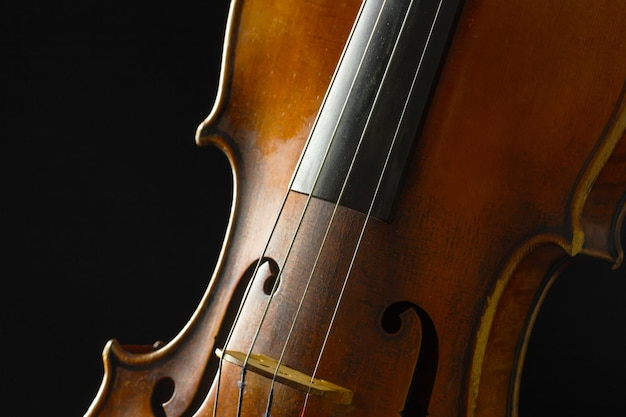
Cello Plucking: Can You Pluck a Cello with Your Fingers? How-To And Tips

What to Do After Buying a Used Electric Guitar: Steps to Refresh It

How to Play Popular Songs With Ukulele - 101 Guides to Learn Ukulele Chords
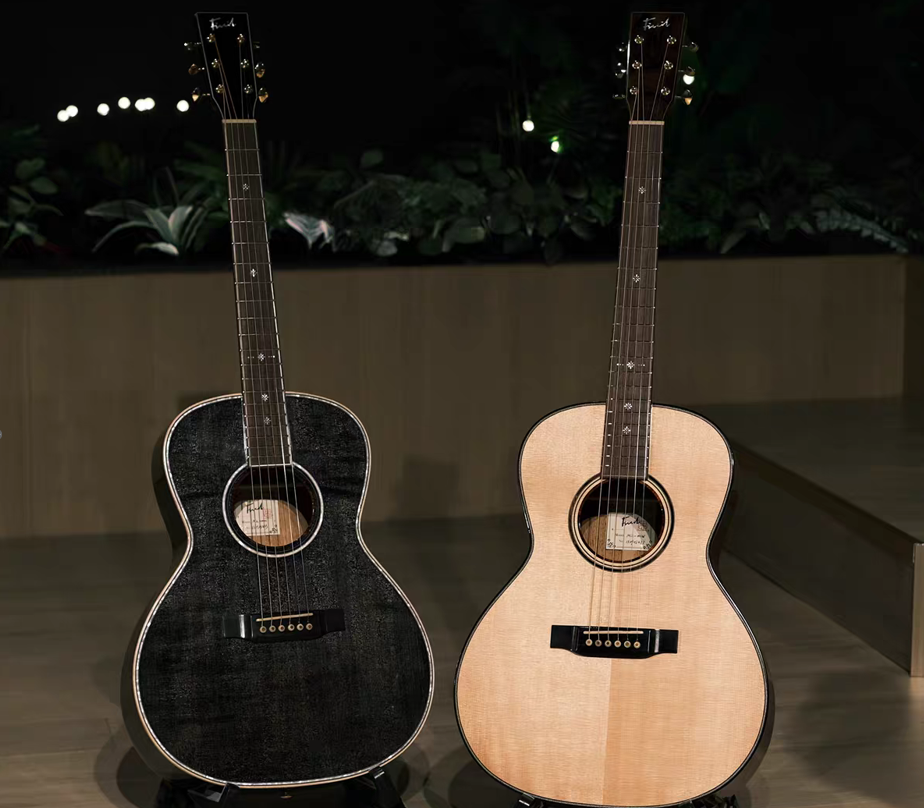
Practice for Mastering Guitalele Strings: 15 Easy Guitalele Songs to Play
